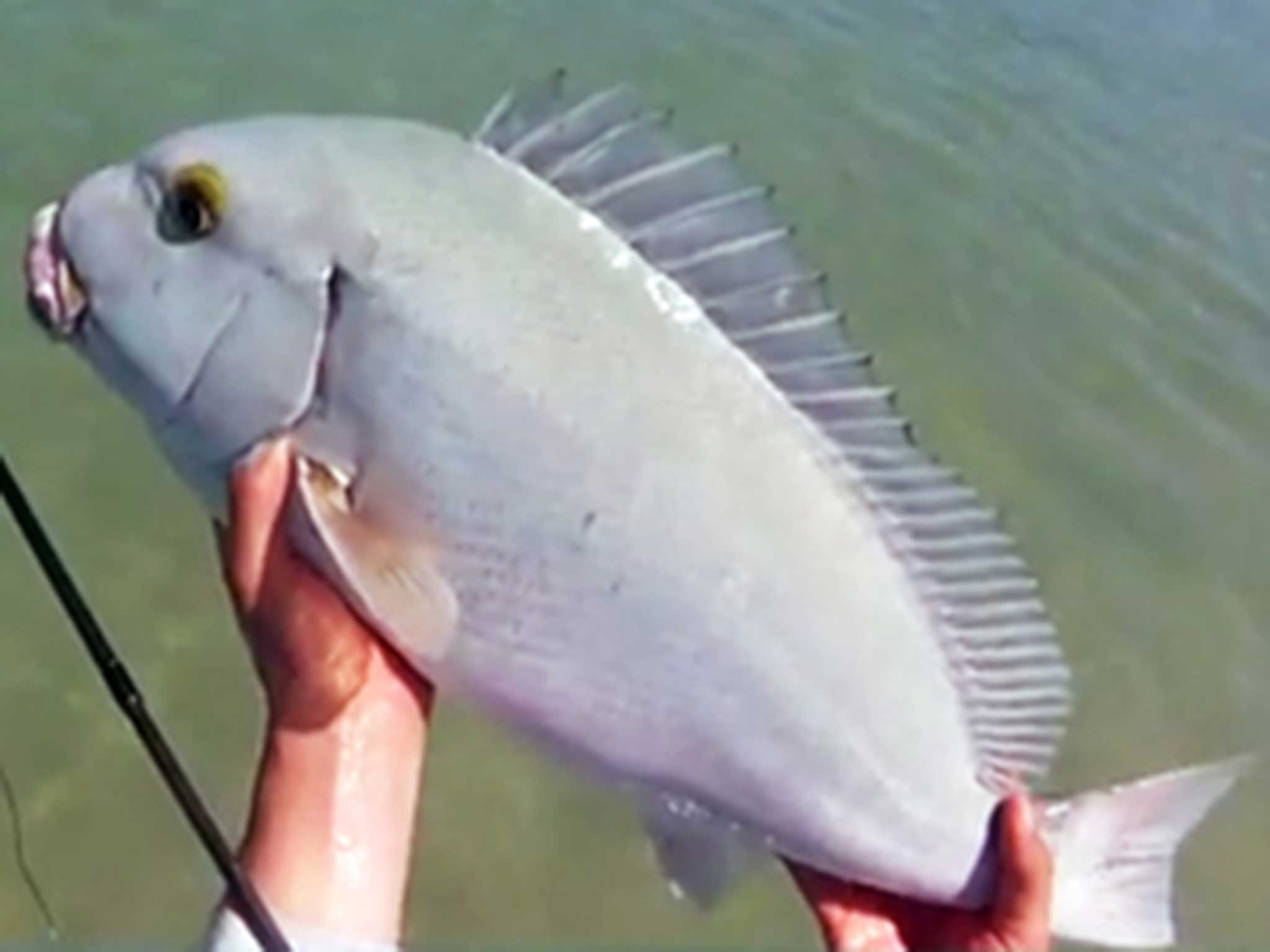'Blue bastard': Australian scientists finally identify fish
Queensland Museum took inspiration from anglers' nickname

Your support helps us to tell the story
From reproductive rights to climate change to Big Tech, The Independent is on the ground when the story is developing. Whether it's investigating the financials of Elon Musk's pro-Trump PAC or producing our latest documentary, 'The A Word', which shines a light on the American women fighting for reproductive rights, we know how important it is to parse out the facts from the messaging.
At such a critical moment in US history, we need reporters on the ground. Your donation allows us to keep sending journalists to speak to both sides of the story.
The Independent is trusted by Americans across the entire political spectrum. And unlike many other quality news outlets, we choose not to lock Americans out of our reporting and analysis with paywalls. We believe quality journalism should be available to everyone, paid for by those who can afford it.
Your support makes all the difference.Australian scientists have formally identified a species previously known only as the “blue bastard” of the North Australian coast by local fishermen.
The Plectorhinchus caeruleonothus was christened by Queensland Museum scientist Jeff Johnson after he identified the new species from photographs taken last year.
Mr Johnson took inspiration from the original nickname: "Caeruleo is blue and nothus is bastard. That was the origin of the name applied by fishermen for many years and I thought, why should I argue with that?
“It seemed like a perfect name for me,” he told the Guardian.
Blue Bastards were so-named because of the distinctive colour of their scales and the difficulty many fishermen had in catching one. They inhabit shark-infested waters off Australia's northern coast.
A notoriously aggressive fish, which can grow up to a metre long, anglers often reported seeing pairs viciously fighting on the waters’ surface in a style known as “kissing”. As babies the fish have yellow and dark stripes, before changing its scales in adulthood.
Mr Johnson was helped by geneticist Jessica Worthington Wilmer, who analysed species from as far afield as the Middle East, Africa and Japan to link the fish to the sweetlip breed.
Subscribe to Independent Premium to bookmark this article
Want to bookmark your favourite articles and stories to read or reference later? Start your Independent Premium subscription today.
Join our commenting forum
Join thought-provoking conversations, follow other Independent readers and see their replies
Comments